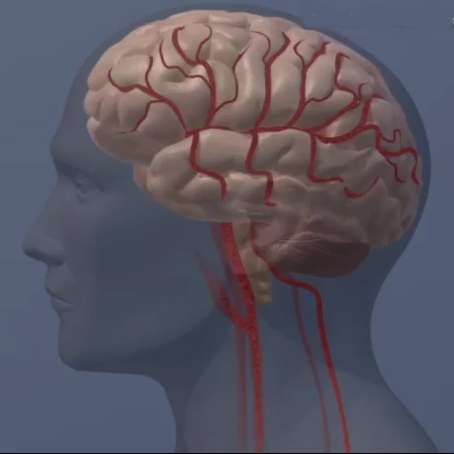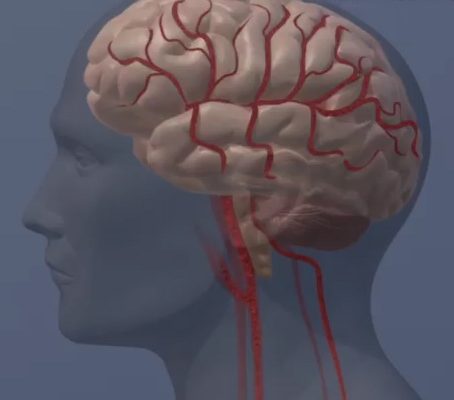
Psychoses like schizophrenia cost billions of dollars annually and derail the lives of people struggling with the disease. Now Monash University researchers have modeled how the effects of psychosis spread through the brain, allowing them to isolate areas where these changes may originate from and which could be targeted by therapies designed to reduce the disease’s progression.
The study, published today in JAMA Psychiatry, details how the scientists were able to map and model the spread of brain changes in people with different stages of psychoses such as schizophrenia, from people newly diagnosed to those who have experienced psychosis for years.
The study, led by Dr. Sid Chopra, from the Turner Institute for Brain and Mental Health and Monash University’s School of Psychological Sciences, identified the hippocampus, which is important for memory, as a possible early site of brain changes in psychosis. “This finding could potentially guide therapies that can target this area of the brain, potentially limiting the impact of the illness or perhaps even reducing the risk of psychosis onset,” he said
The study looked at 534 individuals from four groups, spanning early and late stages of psychotic illness. The researchers used MRI to examine changes in gray matter that occur at the different illness stages
They found that the evolution of psychoses, as measured by changes in great matter, may originate in the hippocampus and gradually spread across the brain, over time, via the nerve or axonal connections. According to Dr. Chopra, “We found that the pattern of gray matter change seen in psychosis is not randomly distributed across the brain, but is shaped by a complex network of structural connections—in a very similar way to how we see the progression of neurodegenerative diseases in the brain.”
The researchers used a mathematical model to predict gray matter volume changes in four different groups of people with schizophrenia, scanned at both early and late stages of illness. According to Professor Alex Fornito, who led the research team, said, “we found consistent evidence that the hippocampus, an area important for memory and which is known to play an important role in schizophrenia, is a candidate epicenter of brain changes in the illness.”
Importantly the researchers were able to distinguish brain changes associated with disease from those linked to the use of antipsychotic medication. “Most research has taken place with people who are already taking antipsychotic medications, making it difficult to disentangle the effects of medication from those of illness,” said Dr. Chopra.
“Our network-based model was able to account for both medication-related and illness-related brain changes, meaning that brain network architecture represents a fundamental constraint on both types of brain changes in psychosis.”
According to Dr. Chopra, the new approach opens new possibilities for understanding the causes of brain changes in schizophrenia, and for forecasting how they might evolve in individual patients.
“Our work demonstrates that it is possible to investigate promising mechanisms behind widespread brain changes in schizophrenia, using fairly simple models” he said. “We hope to further extend these models to identify possible treatment targets and predict how the illness might evolve in individual people.”
More information:
Sidhant Chopra et al, Network-Based Spreading of Gray Matter Changes Across Different Stages of Psychosis, JAMA Psychiatry (2023). DOI: 10.1001/jamapsychiatry.2023.3293
Journal information:
JAMA Psychiatry
Source: Read Full Article
